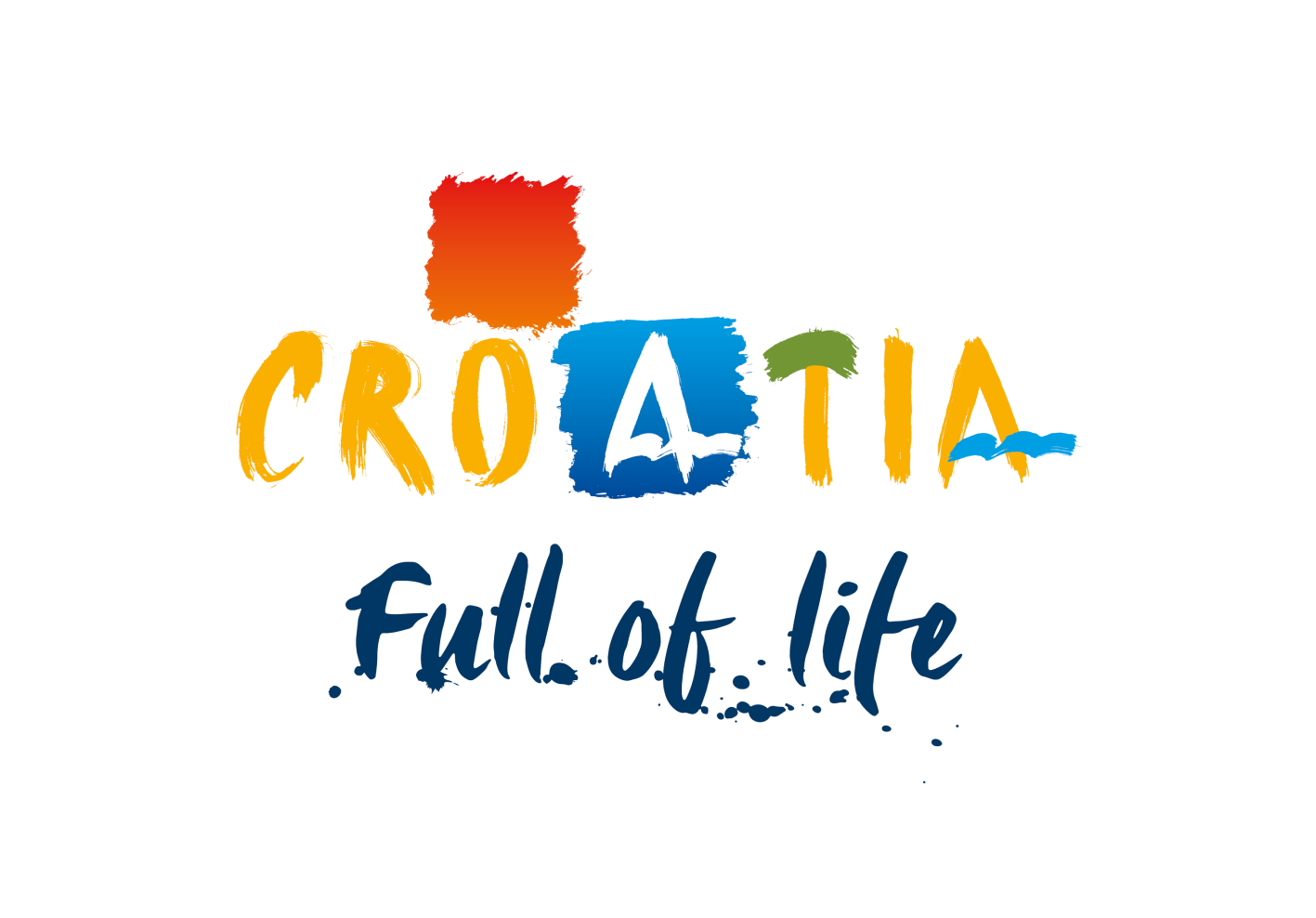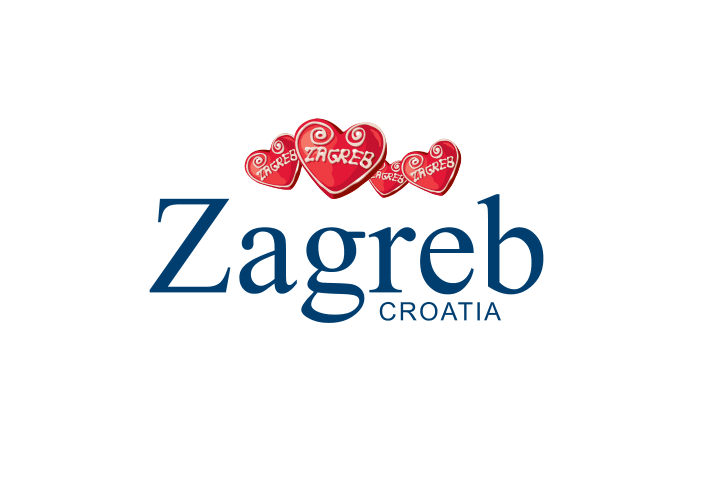BLED – BOHINJ – LJUBLJANA - 2 dana autobusom
Slovenia, Upper Carniola, Bled
Duration
Transportation
Select your stay
Select the departure date from the calendar
-
How many travelers?
Bled
Bled is a town on Lake Bled in the Upper Kranj region in northwestern Slovenia. It is the administrative seat of the Municipality of Bled. It is most prominent as a popular tourist destination in Upper Kranjska and throughout Slovenia, attracting visitors from abroad as well. On the rock overlooking the lake is the iconic Bled castle. The town is also known in Slovenia for its vanilla and cream pastries (Slovenian: kremšnita, kremna rezina). On a small island in the middle of the lake there is a pilgrimage church of the Assumption of Mary; visitors often ring its bell, due to an old legend that claims it brings good luck.
Slovenija
Slovenia officially: The Republic of Slovenia is a sub-Alpine, and to a very small extent, a Mediterranean and Pannonian country in the south of Central Europe, which borders Italy to the west, Austria to the north, Hungary to the northeast, Croatia to the east and south, and has outlet to the Adriatic Sea. Slovenia is a member of the United Nations, and since May 1, 2004, of the European Union and NATO. According to the 2002 census, Slovenia had 1,964,036 inhabitants. Some of the sights are the Triglav National Park, Krške Jame, Robanov Kot, Notranjski Snežnik, Krakovski Forest, Donačka Mountain, Kozlerjeva Gošča...
Ljubljana
Ljubljana is the capital and largest city of Slovenia. It is the cultural, educational, economic, political and administrative center of the country. The architecture of the city is a mixture of architectural styles. Despite the appearance of large buildings, especially on the edge of the city, the historic core of Ljubljana remains intact. Although the oldest architecture has been preserved from the Roman period, the center of Ljubljana took its shape in the Middle Ages. After the 1511 earthquake, it was rebuilt in the Baroque style according to Italian, especially Venetian models. After the earthquake of 1895, it was rebuilt again, this time in the Viennese Art Nouveau style, which today is contrasted with the earlier Baroque buildings that have remained. Large sectors built in the interwar period often include the personal stamp of architects Joža Plečnik and Ivan Vurnik. In the second half of the 20th century, parts of Ljubljana were redesigned by Edvard Ravnikar.
The central square in Ljubljana is Prešernov trg (Prešernov trg), where the Franciscan Church of the Annunciation is located. Ljubljanski grad (Ljubljanski grad) is a medieval castle with Romanesque, Gothic and Renaissance architectural elements, located on top of Castle Hill, which dominates the city center. The City Hall (Mestna hiša, Magistrat), located on the City Square, is the headquarters of the City Municipality of Ljubljana. A skyscraper (pronounced [nɛbɔtiːtʃniːk], "skyscraper") is a thirteen-story building rising to a height of 70.35 m (231 ft). It combines elements of neoclassical and art-deco architecture. For a while it was the tallest residential building in Europe.






